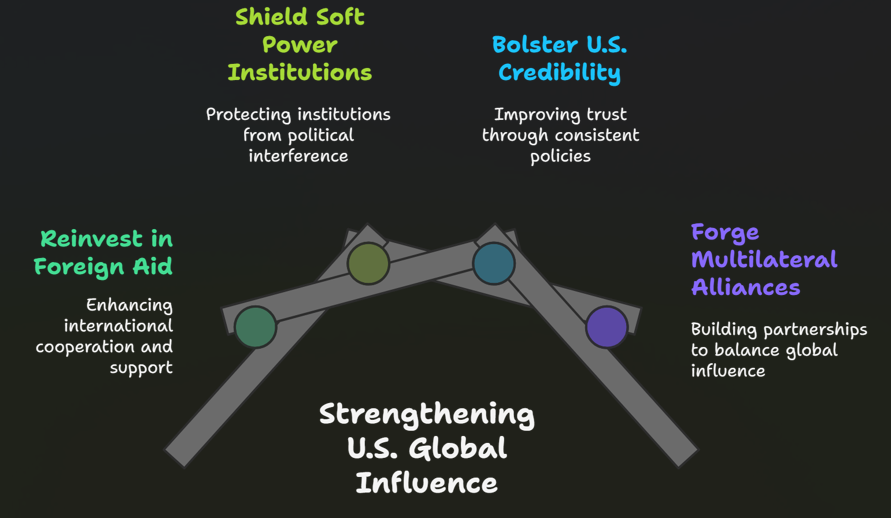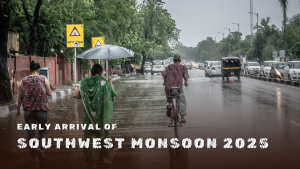Font size:
Print
China’s Soft Power Surge: A Strategic Threat as U.S. Influence Recedes
China’s Soft Power Growth: A Bold Vision for Global Cultural Leadership
Context: Under the Trump administration, the United States withdrew from several key international institutions and agreements, notably the World Health Organisation (WHO) and the Paris Climate Agreement. This strategic retreat created a vacuum in global leadership and aid, into which China has steadily moved, leveraging financial investments, development aid, and diplomatic engagement.

About China’s Expanding Soft Power Amid U.S. Retrenchment
- U.S. Withdrawal from Global Commitments:
-
-
- WHO Exit: The U.S. ceased funding and participation in WHO, accusing it of China bias. This significantly affected WHO’s financial and diplomatic landscape.
- Paris Agreement Exit: The U.S. withdrew from the climate accord, relinquishing leadership on climate diplomacy.
- USAID Dismantling: The Trump administration defunded major foreign aid programs, including layoffs at USAID and closure of missions worldwide, reducing American presence in the Global South.
-
- China’s Opportunistic Expansion:
- Financial Aid and Health Diplomacy:
-
-
-
- China pledged $500 million to the WHO and increased its assessed contributions from 6.5% (2015-16) to 15% (2024-25).
- Provided vaccines and medical supplies (e.g., Sinovac to ASEAN nations).
-
-
- Debt Diplomacy:
-
-
-
- China’s share of global bilateral debt surged to 26% by 2023, compared to just 1% in 2003.
- The U.S.’s share fell to 4%, down from 36% in 1973.
-
-
- Climate and Infrastructure:
-
-
-
- Promised $50 billion in loans and investments for Africa.
- Undertaking high-visibility infrastructure projects (e.g., Phnom Penh–Sihanoukville Expressway).
-
-
- Shifting Global Perceptions:
- Surveys:
-
-
-
- Pew Research (2024): Over 60% in 21 countries believe China significantly influences their economies.
- Democracy Perception Index (2024): Out of 96 countries, 76 had a more favourable view of China than the U.S.
-
-
- Decline of U.S. Cultural Soft Power:
-
-
-
- Access to U.S. education is decreasing.
- U.S. political instability and culture wars alienating foreign audiences.
- China’s growing technological reputation (e.g., EVs, telecom) rivalling U.S. innovation appeal.
-
-
- Strategic Ramifications:
- Multilateral Influence:
-
-
-
- China is gaining more influence in multilateral forums like WHO and UNFCCC.
- Posing as a stable alternative in global governance, especially in the Global South.
-
-
- Soft Power Realignment:
-
-
- China’s soft power is no longer just state-driven—also buoyed by economic dependency, vaccine diplomacy, and infrastructure aid.
- U.S. soft power, once dominant via aid, education, media, and civil liberties, is now uneven and perceived as unreliable.
-
Conclusion
As the U.S. scaled back its global commitments, China filled the leadership vacuum not with military might, but with soft power tools—aid, trade, and diplomacy. This shift underscores a new dimension of strategic competition where influence in global institutions and narratives matters as much as hard power.



